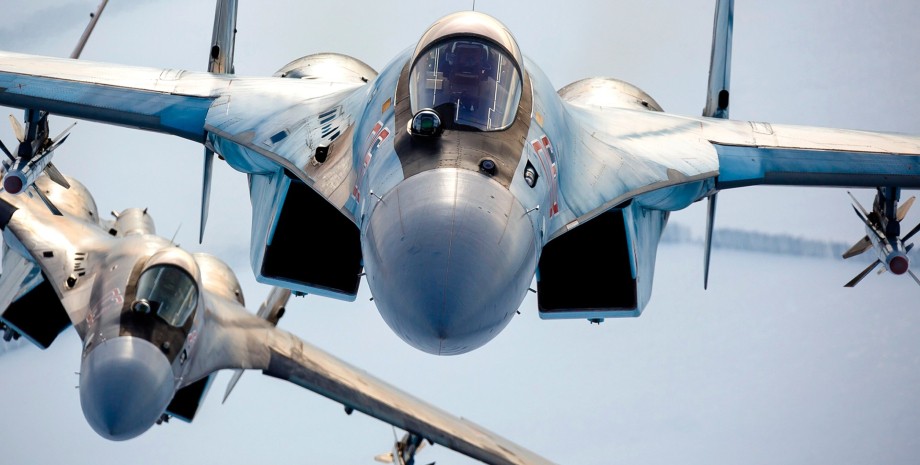
 By Eliza Popova
By Eliza Popova
Representatives of Ukrainian brigades operating in Pokrovsk and Temporal Yar, reported a general decline in kabaky and reducing Russian aviation activity on August 22. The representative of the Ukrainian brigade from the Pokrovsky direction suggested that the lack of Russian aircraft and the possibility of Ukrainian air defense on this section of the front can force the Russian military to reduce the activity of aviation. ISW has not yet found confirmation such a message.
On August 18, Colonel Vitaliy Sarantsev said the Kharkiv Group of Troops of Ukraine on August 18 that the Russian forces had caused 30-40 beats a day in the Kharkiv direction a few weeks ago, but in the previous few days the number of blows decreased to 1-4 per day.
Sarantsev also stated that the forces of the Russian Federation can be less struck by corrected bombs because it is now priority to aviation operations in Pokrovsky, Kursk and Sumy directions or the protection of Russian airfields from Ukrainian blows. NASA FIRMS data partially confirm Sarantsev's statements on the activity of the Russian Federation in the Kharkiv direction.
A spokesman for the Tactical and Tactical Group of Siversk Vadim Misnyk said on August 15 that the Armed Forces of the Russian Federation launched twice less corrected bombs in the Sumy region than on August 14. Although it is difficult to say whether the trend will remain.
Lieutenant General Mykola Oleshchuk, Commander of the Air Force, reported that on the night of August 21 to August 22, the Russian troops launched 10 Shahhed-136/131 drones from the Kursk region-mainly on advanced Ukrainian positions in Kharkiv region. It was also reported that Ukrainian troops knocked down two of these drones.
The use of Shahaneda in the front line, not in the rear areas, may indicate that Russian troops are looking for ways to compensate for the reduction of kabaka blows on a number of areas of the front line. Recently, Ukraine has struck several airfields in the Russian Federation and destroyed ammunition with cabins, and these blows could have caused temporary failures in Russian aviation. The Armed Forces of the Russian Federation also directs aviation equipment to the defense of the Kursk region.










All rights reserved IN-Ukraine.info - 2022